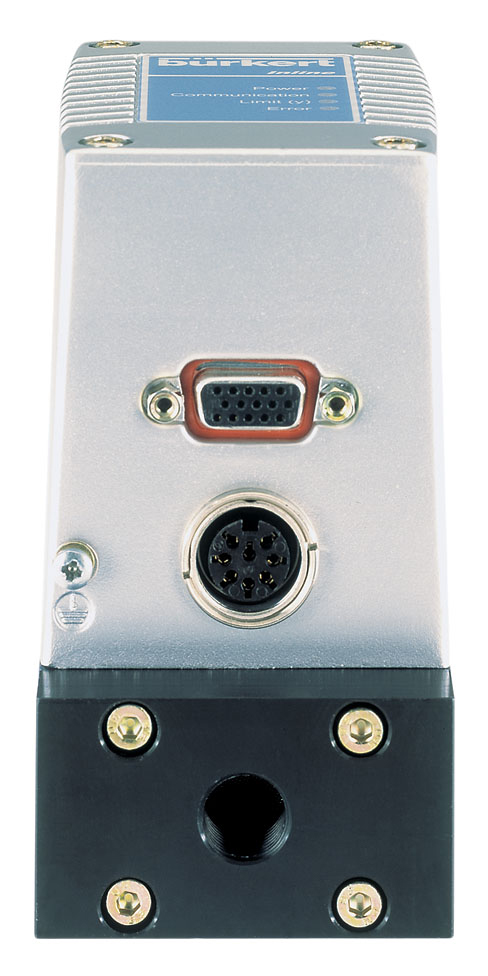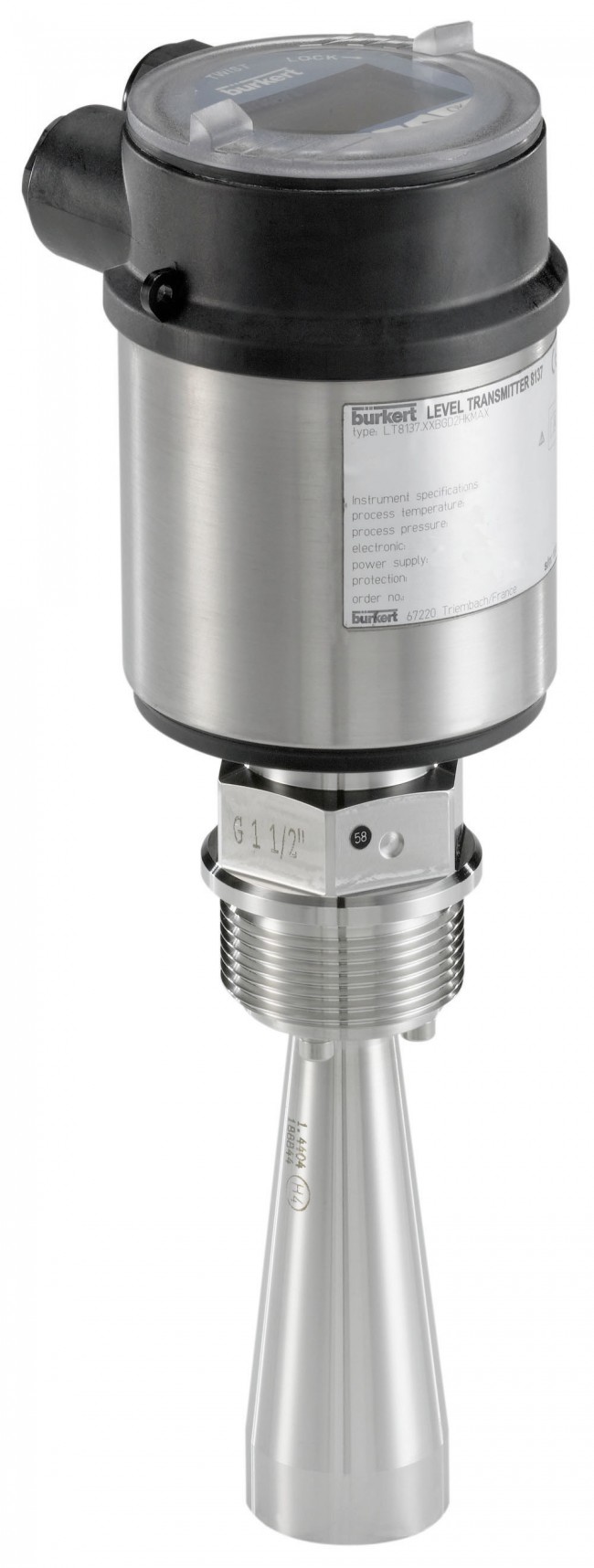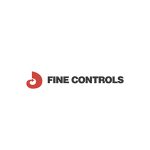Making the right Level Instrument Selection?
Fine Controls offers a large range of level instruments including transmitters and switches from various big named brands like Burkert and Siemens.
However, to the unknown eye selecting the right instrument can be a complete minefield! From rotating and buoyancy to ultrasonic and capacitance, there are a whole plethora of products out there for you to choose from.
But the question is, how do you pick the right one for you?
Before you start to select your level instrumentation
Vendors are constantly improving their equipment to overcome weaknesses in the performance of the device; so it is imperative to get an agreement before buying from the vendor in question, guaranteeing the device and a full refund should it fail to function as originally assured.
The only aspects that probably won’t be covered by the refund is the cost of the installation and replacement. However, it is uncommon for this to happen as all the reputable brands like Burkert and Siemens strive tirelessly for the device to work successfully.

Level Instrumentation selection
Without establishing the answers to these questions, you will find it hard to choose an instrument because the information will determine which instrument will work and which will not.
- How does the level instrument actually work?
- In what conditions must the instrument perform?
- What is minimum/maximum temperature and/or pressure the unit might see, and do those temperatures/pressures vary over time?
- Are there abnormal conditions, sterilisation, or special chemical cleaning procedures that might affect the instrument?
- Are dust, fumes, or heavy vapors present?
- Is there foaming or excessive vessel agitation?
- What is the material in the vessel and does it change over time?
- Are there changes in specific gravity, electrical properties, or material consistency?
- Does the material tend to cling, plug, coat, or build up?
- Could the instrument become a source of contamination to the product (from diaphragm leakage or could bacteria hide in cracks and crevices)?
There are certain issues that can eliminate a particular level technology:

Capacitance
If the electrical conductivity is low and variable, a capacitance-type level device can drift significantly.
Ultrasonic
If the material has foam or heavy fumes or heavy dust, or the temperature, pressure, or material in the vapor space changes, an ultrasonic transmitter can either drift or not function at all.
Radar
If the dielectric constant is too low, a radar transmitter may not function. Siemens LR250 has an algorithm which can measure low dielectric products > 1.6, antenna and application dependent. Also, some vessel geometries can eliminate different types of radar devices.
Differential pressure (DP)/head
If the specific gravity of the material is changing, most DP measurements will drift significantly. (Compensation may be possible at added expense.) If the material tends to plug, it can render a DP measurement meaningless over time.
What is the required accuracy and repeatability of the level reading?
The required accuracy and repeatability of the measurement can significantly impact the selection of the level instrument. If the level instrument is used for custody transfer, then maximum accuracy and repeatability is paramount.
However, in other cases, accuracy within a percent or two is perfectly acceptable.
Some level technologies are capable of extremely high accuracies, while others can offer improved accuracy by employing additional compensating measurements. Before beginning the selection process, it is important to understand how precise the measurement must be.
Can the vessel be taken out of service for maintenance, and is there any way to independently verify the level for calibration?
The ability to take an instrument out of service can radically affect the choice of instrument. If the instrument is adversely affected by product build over time, then the instrument must be removed for routine cleaning to ensure reliable operation. If the instrument cannot be removed for service, then a different technology should be considered.
It is also important to know if the device’s measurement can be independently verified. Safety integrity level devices usually require some type of routine calibration to document that the device is functioning properly.
Some technologies, such as DP transmitters and weigh cells, are inherently easy to calibrate. Others must be calibrated on an actual level, such as capacitance or nuclear technologies. Still other technologies, such as radar or ultrasonic, usually require no calibration.
These types of instruments are easier to set up initially. However, once they are in service, it is difficult to verify their operation unless there is another way to determine the true level in the vessel.
What is the geometry and layout of the vessel itself?
The geometry of the vessel itself may eliminate several technologies. Large agitator blades or internal coils may render several technologies unusable unless some type of stilling well can be installed.
There may be no available nozzles to install a DP transmitter, or the nozzles on the top of the tank may not be large enough for a radar device.
E.g. you need to answer:
-
- Are there existing nozzles, or is this a new vessel and the nozzle can be located and sized to suit a particular instrument?
- If the nozzle is existing, you need to know its size, length, distance from the wall of the vessel, and the interferences that might be below it.
- What do the vessel internals look like? Are there internal baffles, coils, thermocouples, agitator, etc., which can create interference or make installation of a vertical probe practically impossible?
- Where are the inlet feed nozzles and outlet discharges? Can they affect the measurement?
Is the vessel small enough to fit with weigh cells? - Can an internal or external stilling well be installed? What size? Is the level within the external stilling well indicative of the vessel level?
So there you have all the information you need on the art of level instrument selection.
Do you have any comments or anything to add to Fine Controls tips on the Art of Level Instrument Selection?
Get the latest process industry news
Interested in receiving even more industry-leading news from Process Industry Forum delivered directly to your inbox? Then sign up to our free newsletter. Bringing you the latest news, trends, innovations and opinion from across the process industry, our exclusive newsletter gives you all the industry insights of the moment in one, easy-to-digest bulletin. Stay ahead of the competition with regular process industry news instalments from PIF.

